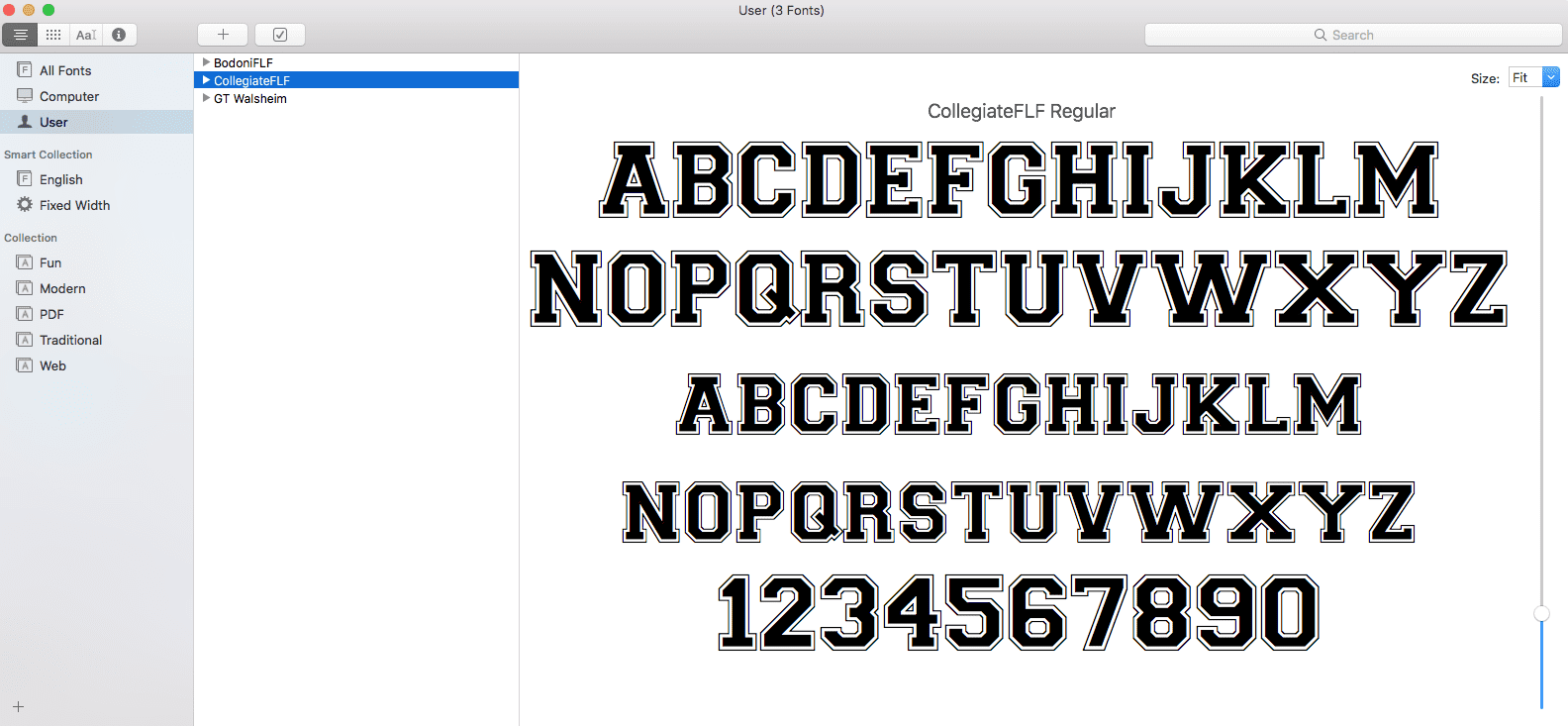
Fonts installed in the OS X native environment can be accessed by (a) any user or (b) just by an individual user. However, fonts installed in OS X system locations are not available to “Classic” applications (see section below). Mac OS X has native support for Type 1 and OpenType fonts, which can be installed just like other font type on OS X. The fonts are now installed and will appear in the font menus of your applications.


otf fonts require ATM version 4.1 or higher. otf fonts in Windows 98, Windows ME, or Windows NT 4, you must first install Adobe Type Manager® Light (ATM® Light), which is a free download from Adobe, and then install the fonts through ATM. Then wait a minute or two and then turn it on again.In order to use PostScript Type 1 or OpenType. Click Services and toggle the Adobe Fonts option to turn it on and off.

To do so, open the Menu from the gear icon found at the top of the Creative Cloud app. If your fonts are still not active, turn off the font option in Creative Cloud settings. Specifying the location of Adobe fonts Directory type Directory Font directory /QIBM/ProdData/Content Manager OnDemand/Adobe/Fonts CMap file directory /QIBM/ProdData/Content Manager OnDemand/Adobe/Resource/CMap CIDFont file directory /QIBM/ProdData/Content Manager OnDemand/Adobe/Resource/CIDFont. When you find a font you like, select View Family to view its family page.

(Select the icon in your Windows taskbar or the macOS menu bar.) Select the fonts icon in the upper right. How to activate or deactivate Adobe Fonts Open the Creative Cloud desktop app.


 0 kommentar(er)
0 kommentar(er)
